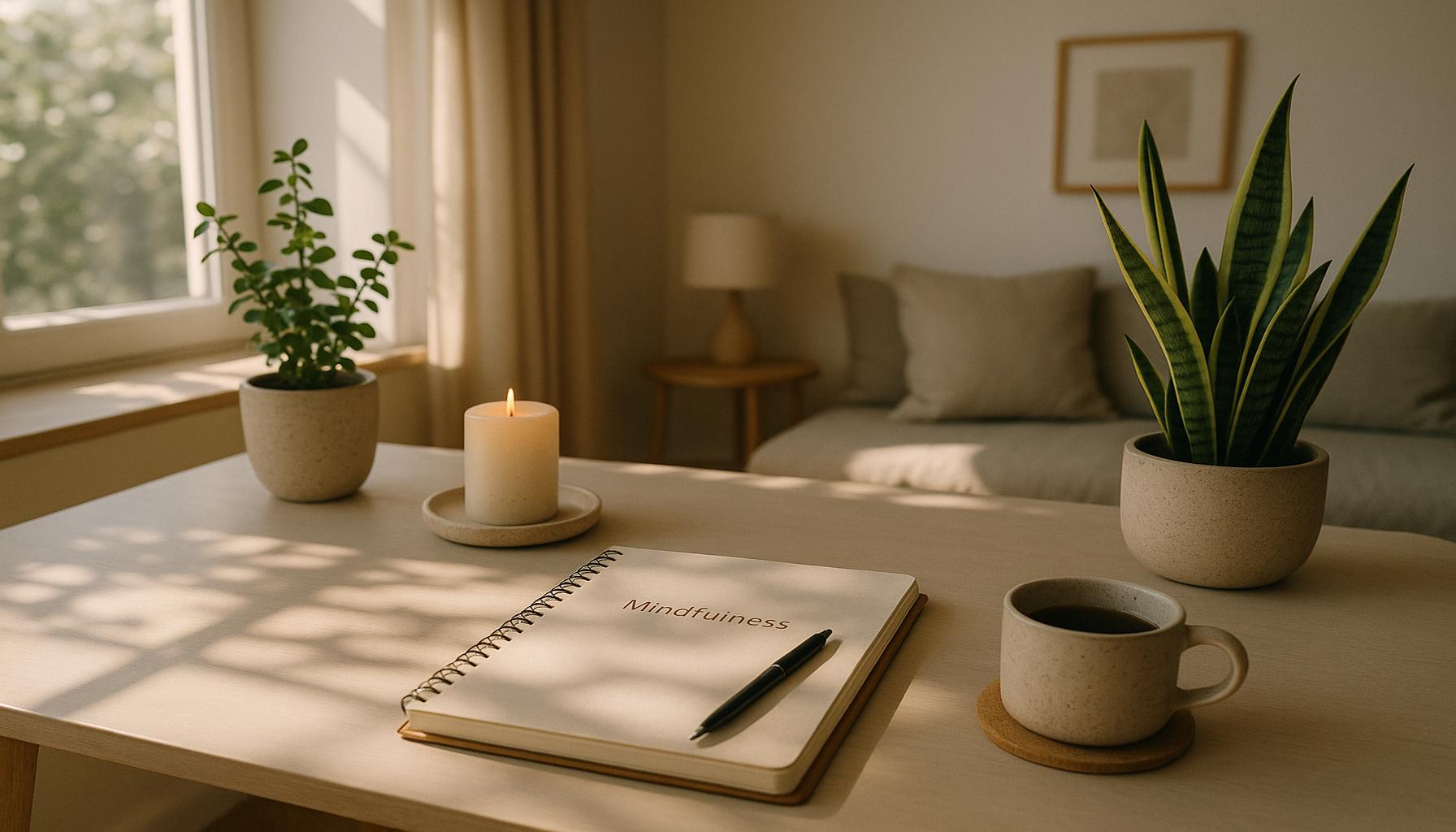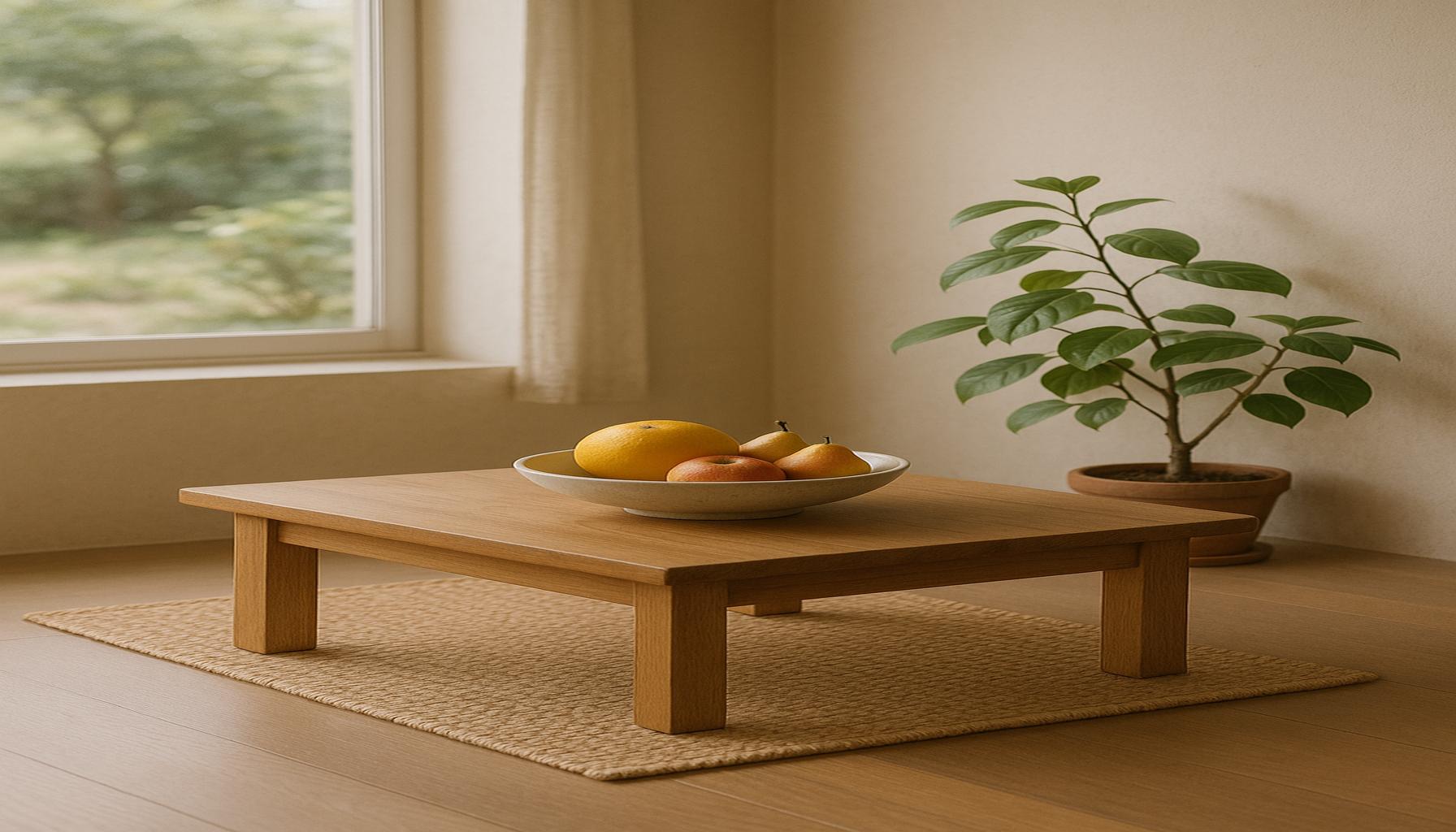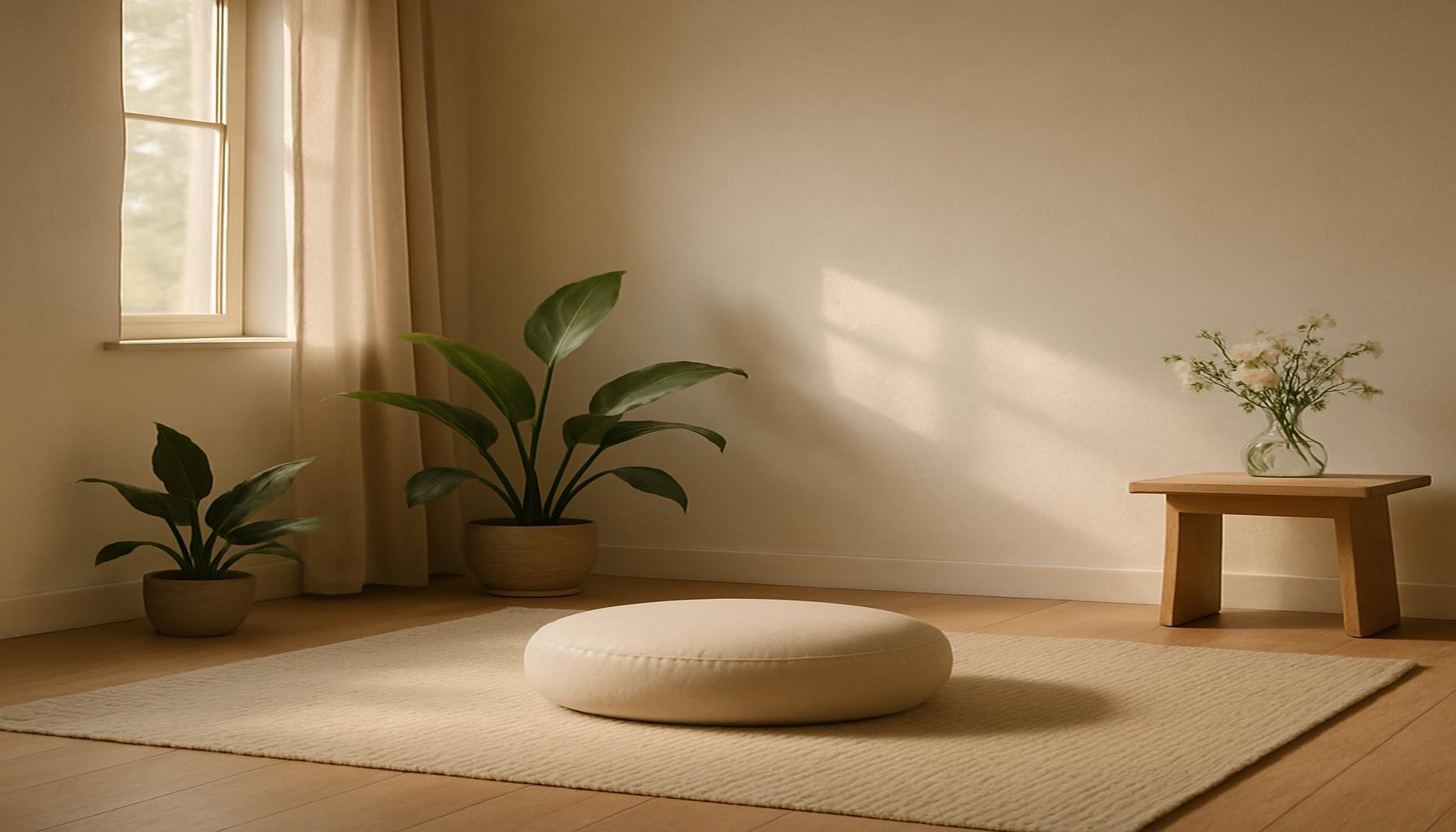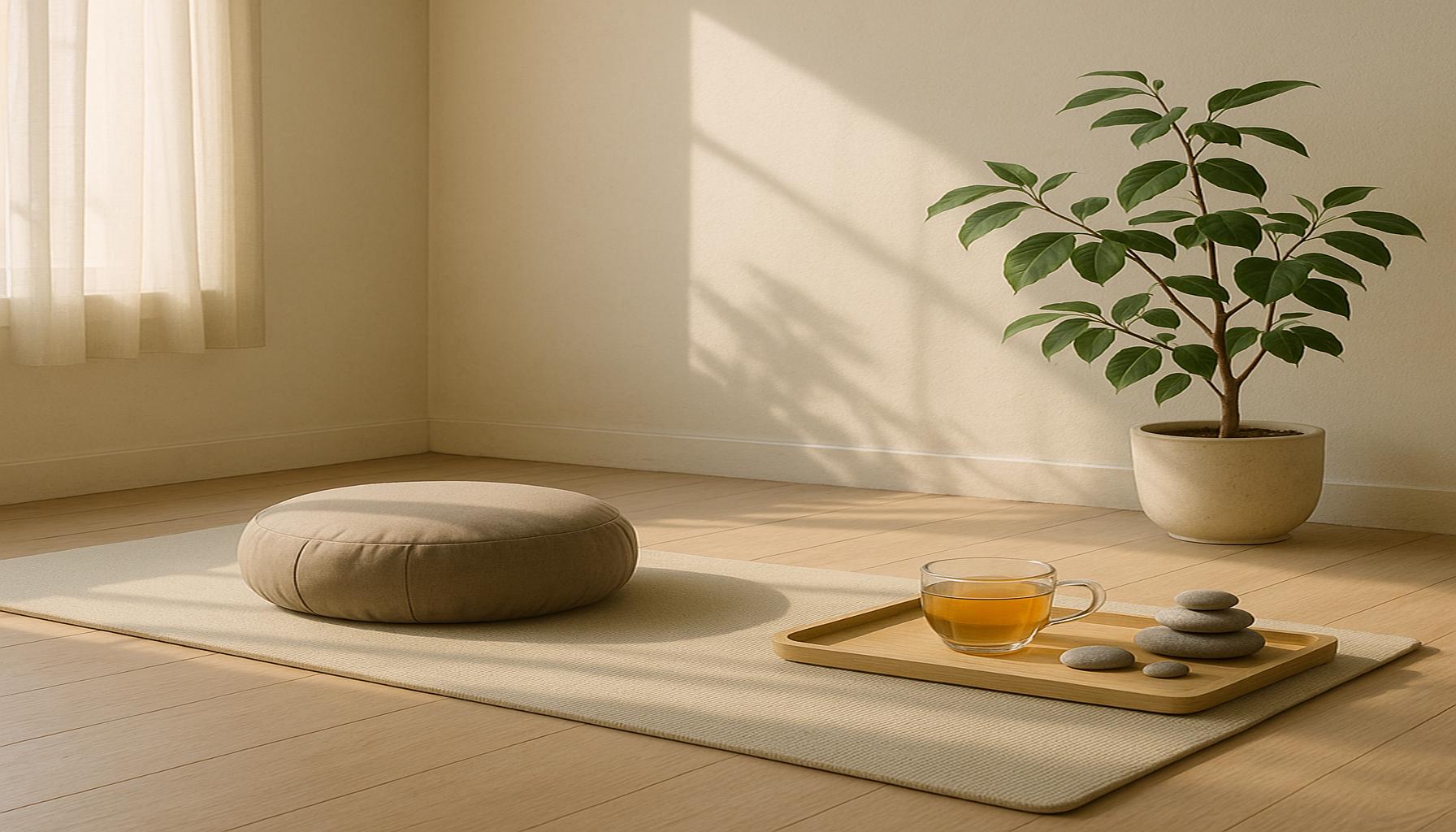How personal organization can enrich the mindfulness experience in everyday life

Unlocking Mindfulness Through Personal Organization
In a world bursting with distractions, personal organization emerges as a vital tool for enhancing the mindfulness experience. When our environment is clutter-free and our activities are neatly scheduled, we can dive deeper into the present moment. This clarity not only helps to alleviate stress but also makes room for more meaningful experiences in our daily lives.
One of the key aspects of integrating mindfulness with personal organization lies in the deeply intertwined nature of mental clarity and emotional well-being. When our space is tidy and our plans are laid out, we foster an environment where we can truly engage with the moment at hand, whether that involves savoring a cup of coffee or having a conversation with a loved one.
Consider these key benefits of intertwining personal organization with mindfulness:
- Enhanced Focus: Streamlined tasks create mental space for attentive living. A hallmark of being focused means hearing the sounds around you, noticing the details of your surroundings, or even being fully involved in a project without the distraction of competing activities.
- Reduced Anxiety: Knowing your schedule reduces the chaos that often leads to stress. With a well-planned week or even a clear daily agenda, you can approach your tasks proactively rather than reactively, allowing you to feel more in control.
- Intentional Living: Organized routines empower you to make conscious choices. This involves recognizing when it’s time to relax, engage in self-care, or tackle a specific task, thereby creating a rhythm that reflects your values and priorities.
By embracing simple techniques, you can transform your daily activities into a mindful journey. Examples include:
- Daily Planning: Map out your day the night before to set clear intentions. This strategy encourages individuals to prioritize their tasks and mentally prepare for the day, fostering a sense of control and direction.
- Decluttering: Regularly purge unnecessary items to foster tranquility. This doesn’t simply apply to physical belongings but also extends to digital spaces, such as organizing files on your computer or resetting your mobile notifications to reduce distractions.
- Time Blocking: Allocate specific times for work, relaxation, and self-care. This technique provides freedom and structure simultaneously, enabling you to dedicate your focus to what matters most without the guilt of feeling time-starved.
As we dive deeper into these strategies, we’ll explore how each one enriches the overall mindfulness experience and connects us more intimately with our everyday lives. With rising stress levels reported across the United States, from students to professionals, especially in urban environments, the urgency to adopt practical, mindful approaches has never been more crucial. Join us on this journey toward enhanced awareness and intentionality, discovering how to navigate the complexities of modern life with grace and mindfulness.

DISCOVER MORE: Click here to enhance your time management skills
The Symbiotic Relationship Between Personal Organization and Mindfulness
Understanding how personal organization can enrich the mindfulness experience begins with recognizing the interplay between our mental state and our surroundings. Many people in the United States face the challenge of balancing numerous responsibilities, from demanding work schedules to family obligations. In the pursuit of efficiency, the importance of organization often takes a backseat, leading to overwhelm and disconnection from the present moment. However, effectively organizing one’s life has the potential to foster a more mindful existence, offering clarity and enhancing the overall quality of life.
The relationship between organization and mindfulness can be illustrated through a few core principles:
- Clarity of Thought: An organized environment creates space for clearer thinking. Studies indicate that clutter can negatively affect mental clarity, resulting in increased anxiety and decreased focus. By minimizing distractions through organization, individuals can enhance their ability to engage with thoughts and emotions, enabling a more profound mindfulness practice.
- Streamlined Decision-Making: When faced with the chaos of disorganization, making decisions can become overwhelming. A well-structured life allows individuals to approach choices with confidence and assurance. This proactive mindset supports mindfulness by prompting individuals to engage thoughtfully rather than react impulsively.
- Connection to Values: Personal organization encourages individuals to reflect on their core values and priorities. By creating intentional schedules and routines, individuals can align their daily actions with what truly matters to them, fostering a mindful awareness of their lives and choices.
Incorporating personal organization techniques can significantly enhance mindfulness practices. For instance, establishing a morning routine that includes time for reflection or meditation can set a positive tone for the day. This practice can facilitate a connection between individuals and their daily tasks, transforming mundane activities into opportunities for mindful engagement.
Moreover, utilizing digital tools—such as planning apps or even simple to-do lists—can help in maintaining a well-organized life. Recent surveys show that nearly 80% of individuals using organizational tools report lower levels of stress and improved emotional well-being. This effective use of technology aligns seamlessly with mindfulness principles by helping individuals track their progress toward more intentional living.
As we delve deeper into these concepts, it becomes evident that personal organization is not merely a means to an end, but a transformative process that cultivates awareness and appreciation for the present moment. By adopting organization-friendly habits, one can create a fertile ground for mindfulness, leading to a life enriched by focused attention and meaningful connections.
| Advantage | Description |
|---|---|
| Enhanced Focus | Personal organization helps reduce distractions, allowing for a more mindful engagement in daily tasks. |
| Goal Clarity | Clear organization of goals can lead to a heightened sense of purpose and awareness in everyday activities. |
| Stress Reduction | Effective planning minimizes last-minute rushes, fostering a calmer environment that is conducive to mindfulness. |
| Time Management | Prioritizing tasks can free up time for restful practices, which enhances overall mindfulness in life. |
Organizing personal space and time is not merely about being efficient; it significantly impacts one’s level of mindfulness. When you eliminate clutter both physically and mentally, you create an inviting atmosphere that promotes reflection and awareness. By enhancing focus, individuals can direct their attention to the present moment, leading to more meaningful interactions and experiences in your day-to-day life.Moreover, by laying out clear goals, you not only clarify your intentions but also experience a greater sense of control over your environment. This clarity naturally cultivates a more profound mindfulness experience, inviting tranquility into the chaos of everyday tasks.Incorporating personal organization strategies such as prioritization and effective time management can also serve as preemptive measures against stress, helping establish a calm environment for mindfulness practices. When your schedule is manageable, you open up the opportunity to engage in reflective activities like meditation or mindful breathing, thereby enriching your overall mindfulness experience.
DISCOVER MORE: Click here to dive deeper
Strategies for Integrating Personal Organization into Mindfulness Practices
To maximize the benefits of personal organization on mindfulness, individuals can adopt specific strategies that harmonize these two spheres. Each tactic not only facilitates a streamlined lifestyle but also paves the way for deeper mindful experiences throughout the day.
Time Blocking for Focused Living
One effective method is time blocking, a technique where individuals allocate specific blocks of time to tasks and activities. Research has shown that structured time allocation can lead to significant improvements in productivity, allowing individuals to immerse themselves fully in one task at a time. For instance, instead of multitasking between work emails and personal tasks, designating a set hour to address emails allows for more focus and reduced cognitive overload.
This level of organization encourages mindfulness by creating a dedicated space in one’s schedule for reflective practices. For example, integrating short meditation sessions or mindfulness walks into blocked time segments can enhance feelings of peace and clarity, supporting a stronger connection to the present moment.
Utilizing Minimalism to Support Mindful Living
Another strategy is to embrace minimalism in both physical and digital spaces. A clutter-free environment not only contributes to aesthetic appeal but also affects mental wellness. Studies indicate that reducing possessions can lead to decreased anxiety and a greater sense of control. By streamlining belongings and removing excess items, individuals create room for more meaningful interactions with their surroundings.
Incorporating minimalistic principles into digital life, such as cleaning up one’s email inbox or organizing files into easily navigable folders, can similarly enhance mindfulness. This simplifies interactions with technology, enabling individuals to focus fully on tasks without the distraction of a chaotic digital landscape.
The Power of Routine and Reflection
Establishing daily routines can also enrich the mindfulness experience. Routines serve as pillars of stability, reducing cognitive load and freeing mental resources for deeper engagement with daily activities. Creating rituals around common tasks such as cooking meals or exercising allows these actions to become more than mere responsibilities; they transition into opportunities for reflection and connection with oneself.
Encouraging a nightly reflection practice in a personalized journal can further enhance this routine. Writing down thoughts and emotions related to the day’s events can reinforce a mindful mindset, helping individuals process their experiences while allowing for personal growth and understanding. Journaling about organizational goals, achievements, and challenges, in a structured manner, creates a feedback loop that reinforces motivation and mindfulness.
Embracing the Role of Technology
In today’s digital era, there are countless tools available that can assist in maintaining organization while supporting mindfulness. Applications specifically designed for mindfulness, such as guided meditation and mood trackers, can integrate neatly with planning tools. These technologies offer reminders and insights that foster both personal organization and a greater awareness of emotional states.
Interestingly, studies reveal that combining organizational tools with mindfulness practices leads to reduced overall stress levels. Nearly 75% of users of both planners and mindfulness apps report feeling more in control of their schedules, which positively impacts their ability to remain present in everyday situations.
By weaving these strategies into daily life, individuals can not only streamline their responsibilities but also cultivate a mindfulness experience enriched by intentionality, focus, and clarity. Personal organization transforms from a mere habit into a vehicle that enhances one’s quality of life.
DIVE DEEPER: Click here to learn more about mindfulness and minimalist living
Conclusion: Enriching Mindfulness through Personal Organization
In our complex, fast-paced lives, the intersection of personal organization and mindfulness unveils a powerful strategy for rejuvenating our daily experiences. As we’ve explored, adopting practices like time blocking, embracing minimalism, and establishing routines can significantly enhance our ability to remain present and engaged. The act of organizing—whether our schedules, physical spaces, or digital environments—serves not just as a means to an end, but as a pathway toward deeper emotional clarity and mental peace.
Moreover, integrating technology into our organization efforts facilitates a seamless connection between mindfulness and productivity. With user-friendly applications at our fingertips, individuals can track both their tasks and emotional well-being, guiding them toward a more intentional mindset. The findings are encouraging: many users report lower stress levels and a greater sense of control over their lives when combining these practices.
Ultimately, enhancing mindfulness through personal organization isn’t just about achieving a to-do list. It represents a profound shift in how we relate to our time, our space, and ourselves. As we cultivate a structured yet flexible approach to our daily lives, we open the door to moments of clarity, allowing mindfulness to flourish in the ordinary. This synergy enables us to not only manage our responsibilities effectively but also live richer, more fulfilling lives, fully immersed in the beauty of the present moment. Embrace the harmony of organization and mindfulness, and watch how it transforms your everyday experience.


